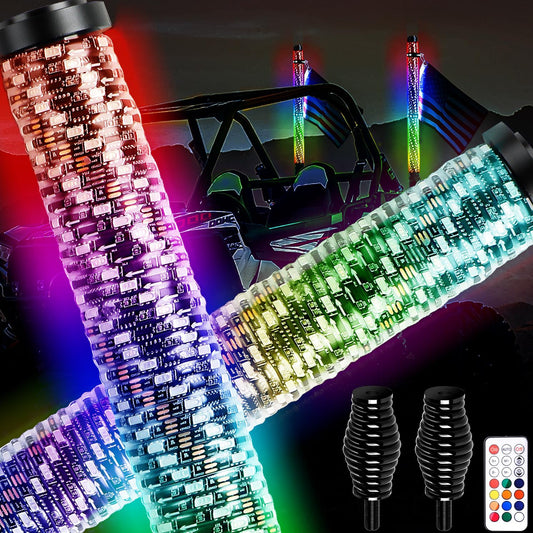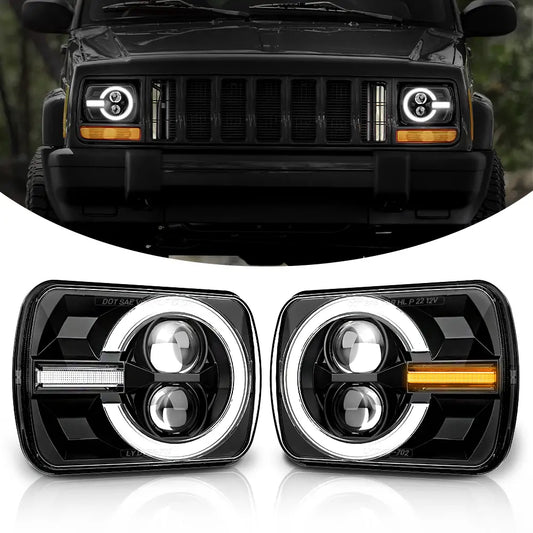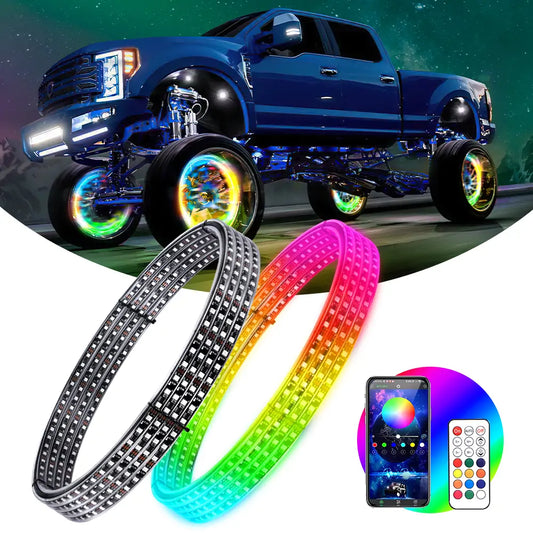Death wobble is one of the most terrifying and frustrating issues a Jeep owner can face, particularly those with lifted or modified suspensions. That violent, uncontrollable shaking in the steering wheel—usually triggered by hitting a bump at highway speeds—can make driving unsafe and unpredictable.
The truth? Death wobble is rarely caused by just one problem. Instead, it’s usually a combination of worn-out parts, improper alignment, or tire issues. In this comprehensive guide, we walk through the full process of diagnosing and addressing death wobble, using a real-world example of a 50,000-mile Jeep Wrangler JL.

What Causes Death Wobble?
Death wobble occurs when front-end components lose stability, causing a feedback loop of violent shaking. Common culprits include four main areas:
- Loose or Worn Steering/Suspension Parts (track bar, drag link, ball joints, tie rod ends)
- Improper Tire Balance or Wear (uneven tread, incorrect pressure)
- Bad Alignment (caster angle, toe settings)
- Failing Steering Stabilizer (though this is often a band-aid, not the root cause)
Step 1: Inspect Loose or Worn Components
Even on newer vehicles, wear and tear can cause steering and suspension parts to loosen over time. The first diagnostic step is to perform a steering shimmy check:
- With the engine off and the vehicle in gear, have one person rotate the steering wheel back and forth (from 11 to 1 o’clock).
- While this is happening, another person should observe components under the vehicle: drag link, track bar, tie rod ends, and ball joints.
In our Jeep JL example, we found noticeable play at the drag link end at the pitman arm and movement at the track bar mount on the axle. These are common contributors to death wobble. However, we continued with the full checklist before replacing any parts.
Step 2: Examine the Steering Stabilizer
A common misconception is that the steering stabilizer causes death wobble. In truth, it masks the symptoms rather than fixes the cause. Still, it's worth checking:
- Ensure there are no leaks.
- Compress and extend the stabilizer to check for resistance.
- Look for any dead spots in movement.
In our case, the stabilizer was in good condition and not contributing to the issue.
Step 3: Tires and Wheels
Tires play a significant role in stability. We checked:
- Tire pressure: All tires were inflated to ~39–40 PSI. According to the door placard, the recommended pressure is 36 PSI. However, since this Jeep had aftermarket 37” load range D tires, we adjusted pressure down to 30 PSI for better performance.
- Tire wear: The front tires showed uneven wear—shallow tread in the middle, deeper on the shoulders—indicating overinflation.
- Wheel balance: Although we didn’t use a tire balancer, we visually inspected the wheels. We found evidence of dynamic balancing and remnants of old sticky weights. This suggested possible weight loss over time, which can contribute to wobble.
- Tire rotation: We rotated the tires to compare wear patterns. Rear tires showed more even wear and less wheel weight, which provided a useful comparison point.
Step 4: Check Wheel Bearings and Ball Joints
Not all issues show up during the steering shimmy test. To verify wheel bearings:
- Grasp the tire from the outermost points and check for movement.
- Uniform play around the wheel often indicates a worn bearing.
Ball joints were also tested using up-and-down force and prying methods. In this case, both components passed inspection and were not contributing factors.
Step 5: Alignment Evaluation
Two key alignment angles influence stability: toe and caster.
- Toe: We measured approximately 1/16” toe-in (about 1.6°), which is within acceptable limits. Excessive toe-in can lead to instability.
- Caster: Using a digital angle finder, we measured 7° of positive caster. Online documentation suggests 4.5° is optimal for this model. While higher caster can improve straight-line stability, it may also aggravate death wobble in some cases.
Initial Adjustments and Road Test
Before replacing any components, we made several no-cost adjustments:
- Decreased tire pressure to 30 PSI.
- Rotated the tires.
- Adjusted the toe setting to “dead ahead”.
After these changes, we conducted a test drive. The severity of the wobble diminished, but it was still present. This confirmed that while the adjustments helped, they didn't fully resolve the issue.
Replacing Components
Given the earlier findings from our inspection, we proceeded to replace the following:
- Drag Link
- Tie Rod
- Track Bar
The customer opted to upgrade to a one-ton steering kit and a premium track bar with dual flex joints for increased durability and rigidity.
Final Test Drives (With and Without Steering Stabilizer)
Post-installation, we performed two test drives:
- With steering stabilizer – The Jeep performed smoothly with no signs of death wobble.
- Without steering stabilizer – Still no wobble, indicating that the underlying causes had been resolved.
This was important because many dealerships reflexively replace steering stabilizers without addressing root causes. Our results proved that the stabilizer was not the fix—it was simply a band-aid for underlying issues.
Conclusion: A Systematic Approach Works
The resolution of death wobble in this Jeep JL demonstrates a critical point: there is rarely a single cause. Instead, it’s a combination of factors:
- Worn components like the drag link and track bar.
- Improper tire pressure and irregular wear.
- Misaligned caster and toe settings.
By following a comprehensive checklist and starting with low-cost adjustments, Jeep owners can often reduce or eliminate death wobble without immediately resorting to expensive repairs. However, replacing worn components and fine-tuning alignment remain essential for long-term stability.




